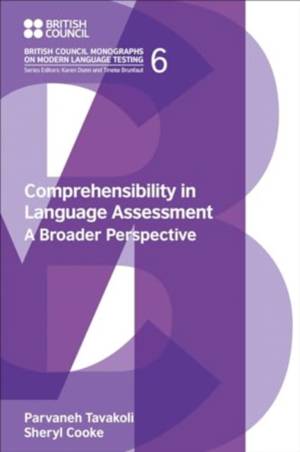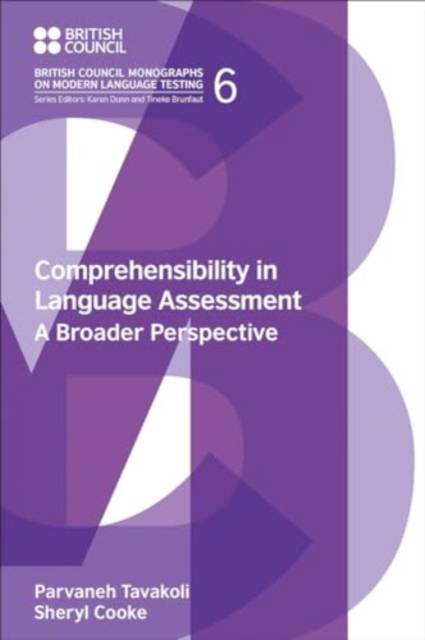
Door een staking bij bpost kan je online bestelling op dit moment iets langer onderweg zijn dan voorzien. Dringend iets nodig? Onze winkels ontvangen jou met open armen!
- Afhalen na 1 uur in een winkel met voorraad
- Gratis thuislevering in België vanaf € 30
- Ruim aanbod met 7 miljoen producten
Door een staking bij bpost kan je online bestelling op dit moment iets langer onderweg zijn dan voorzien. Dringend iets nodig? Onze winkels ontvangen jou met open armen!
- Afhalen na 1 uur in een winkel met voorraad
- Gratis thuislevering in België vanaf € 30
- Ruim aanbod met 7 miljoen producten
Zoeken
€ 110,45
+ 220 punten
Uitvoering
Omschrijving
Comprehensibility is considered central to successful communication (Munro & Derwing, 1995a, 2007). Yet, despite the crucial role it plays in communication and the contribution it makes towards the assessment of spoken language ability, comprehensibility has occupied an ambiguous position in language testing. At times, it is feature-driven, taking a linguistically-atomistic approach with little reference to context or communicative purpose, treating comprehensibility as an abstract construct made up only of linguistic components. At other times, the assessment of comprehensibility is an intuitive action, relying on a holistic sense of understanding by the assessor and rarely going beyond the speaker's utterances to include listener characteristics. The lack of a perspective that encompasses broader linguistic and socio-pragmatic factors that contribute to achieving meaning in spoken language has motivated us to propose the current manuscript as an approach to understanding, defining and assessing comprehensibility. In this monograph, we argue that conceptualising comprehensibility as a multidimensional construct and adopting a broader perspective to understanding and analysing it for communication purposes would benefit the fields of second language assessment and second language acquisition.
Specificaties
Betrokkenen
- Auteur(s):
- Uitgeverij:
Inhoud
- Aantal bladzijden:
- 200
- Taal:
- Engels
- Reeks:
Eigenschappen
- Productcode (EAN):
- 9781800504325
- Verschijningsdatum:
- 1/02/2024
- Uitvoering:
- Hardcover
- Formaat:
- Genaaid
- Afmetingen:
- 155 mm x 234 mm
- Gewicht:
- 693 g

Alleen bij Standaard Boekhandel
+ 220 punten op je klantenkaart van Standaard Boekhandel
Beoordelingen
We publiceren alleen reviews die voldoen aan de voorwaarden voor reviews. Bekijk onze voorwaarden voor reviews.











